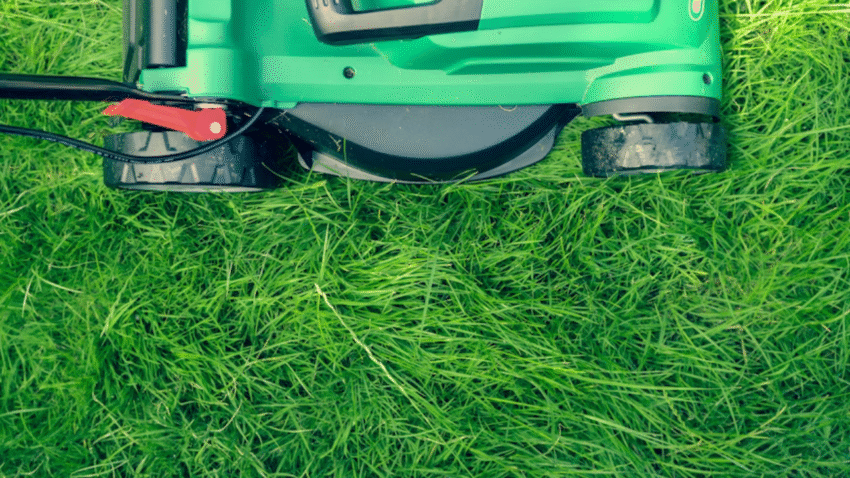Introduction Tired of spending your weekends mowing, watering, and weeding? Learning how to plan a low-maintenance lawn year-round can give you a healthy, green yard without the constant upkeep. A smart lawn plan reduces your time, costs, and stress — and it’s better for the environment too! This complete step-by-step guide will show you how…
Blog
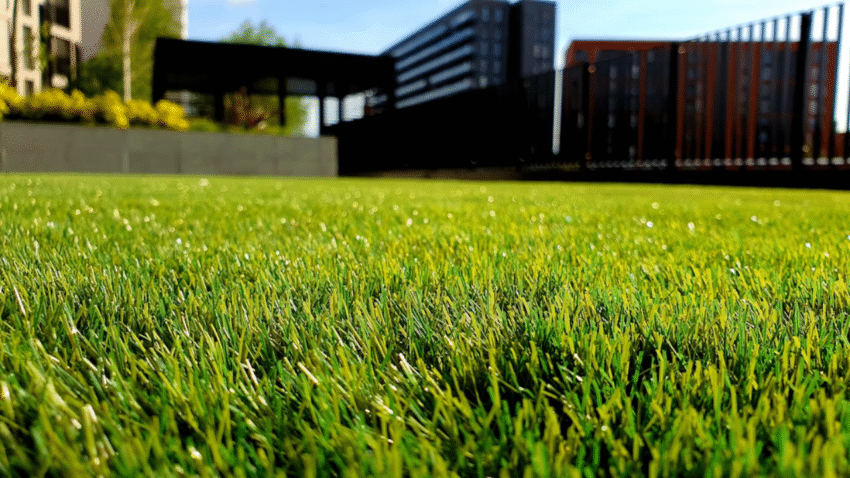
How to use clover to improve your lawn
Introduction Tired of fighting weeds, bald spots, and endless fertilizer bills? There’s a simple, eco-friendly way to build a greener, healthier yard: learning how to use clover to improve your lawn. Once viewed as an unwanted weed, clover is making a huge comeback — and for good reason. Clover naturally feeds your soil, fills in…

How to manage rainwater for lawn care
Introduction Tired of wasting money watering your lawn when nature gives you free rain? Learning how to manage rainwater for lawn care is one of the smartest, most eco-friendly things you can do for your yard. With the right strategies, you can capture, direct, and make the most of rainfall to grow healthy, green grass…
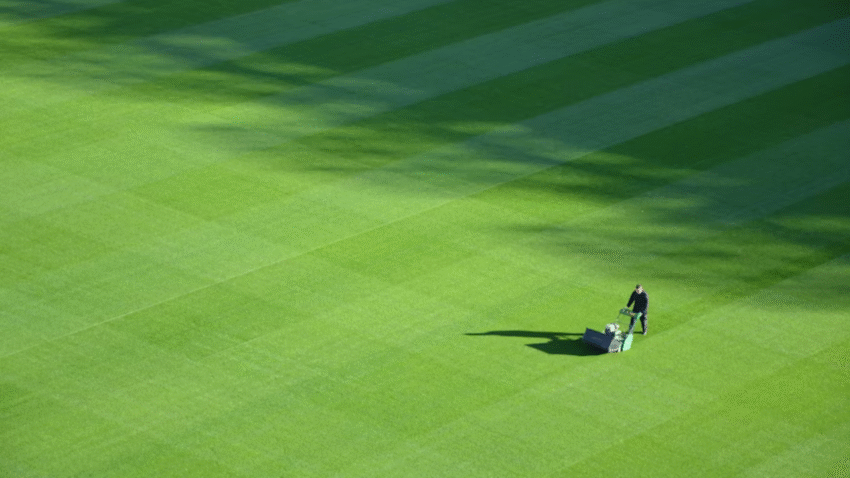
How to reduce your lawn’s carbon footprint
Introduction Did you know your lawn could be costing the environment more than you think? Traditional lawn care methods — gas mowers, excessive watering, synthetic fertilizers — can add up to a surprisingly large carbon footprint. The good news is you don’t have to tear up your yard to make a difference. Learning how to…
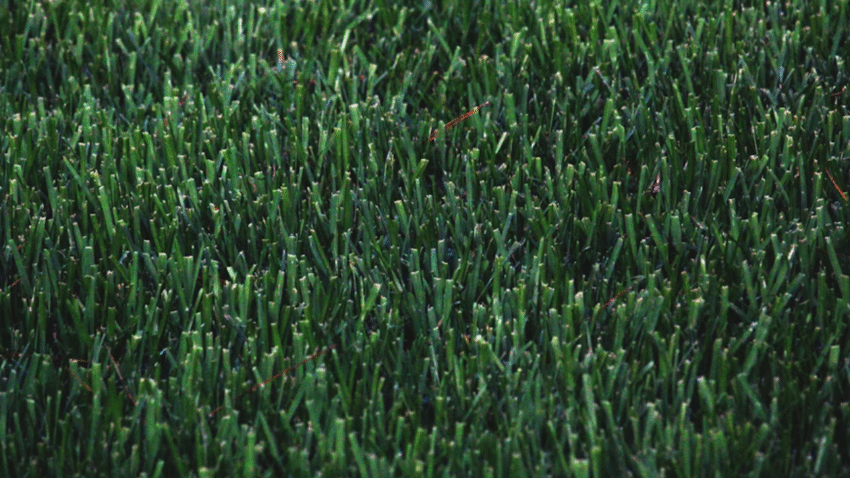
How to plant wildflowers in lawn patches
Introduction Want to transform bare, patchy areas in your lawn into beautiful splashes of color? Learning how to plant wildflowers in lawn patches is an easy, eco-friendly way to revive dead spots, support pollinators, and create a unique, low-maintenance landscape. Wildflowers naturally fill in bare soil, suppress weeds, and require less mowing and watering than…
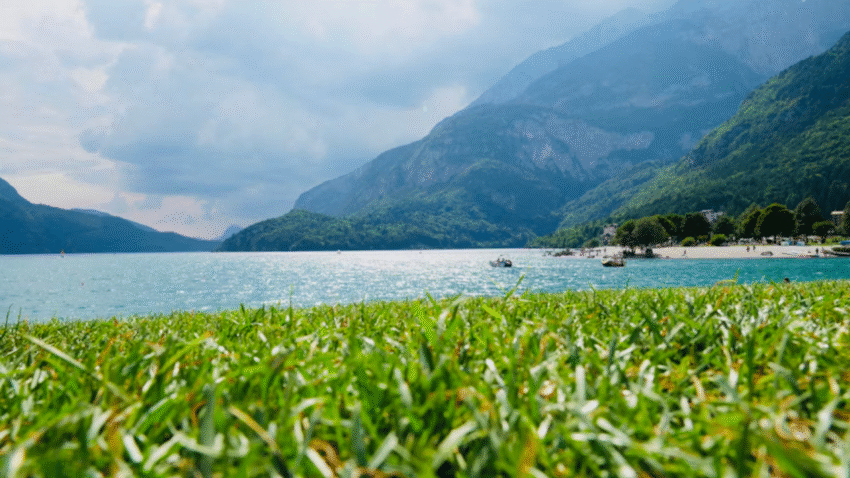
How to fix patchy grass growth
Introduction Is your lawn more brown and patchy than lush and green? Don’t worry — patchy grass growth is one of the most common lawn problems, and the good news is it can be fixed. Learning how to fix patchy grass growth helps you fill in thin spots, prevent weeds, and restore your yard to…
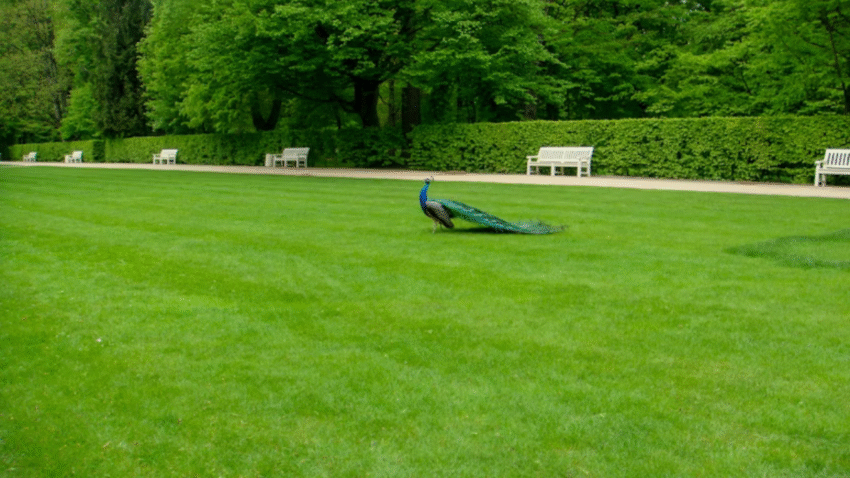
How to repair a lawn after drought
Introduction Has a long, hot dry spell left your once-green lawn brown, patchy, and lifeless? Don’t worry — learning how to repair a lawn after drought can bring it back to life and help it bounce back healthier and stronger. Drought puts grass under serious stress, but with the right steps, you can revive your…
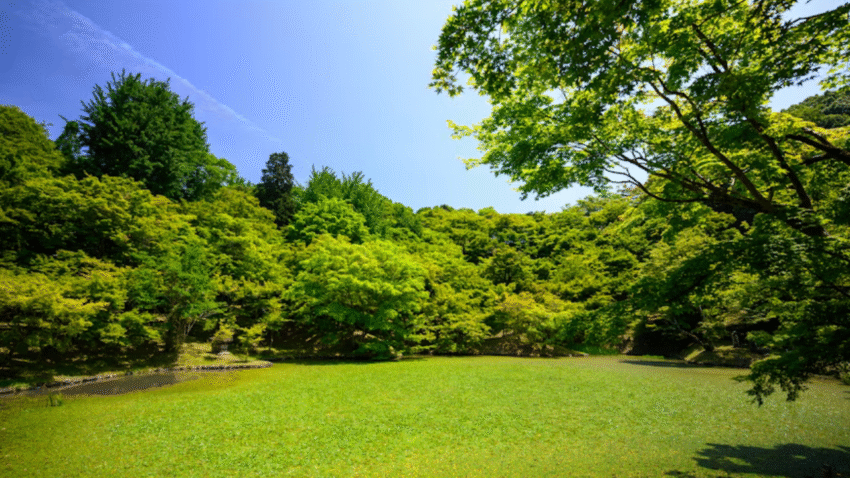
How to protect new grass seedlings
Introduction There’s nothing more frustrating than putting in the work to seed your lawn — only to watch fragile new grass seedlings struggle to survive. Learning how to protect new grass seedlings is the secret to turning those tiny sprouts into thick, healthy turf. New grass is delicate and vulnerable to birds, foot traffic, drought,…
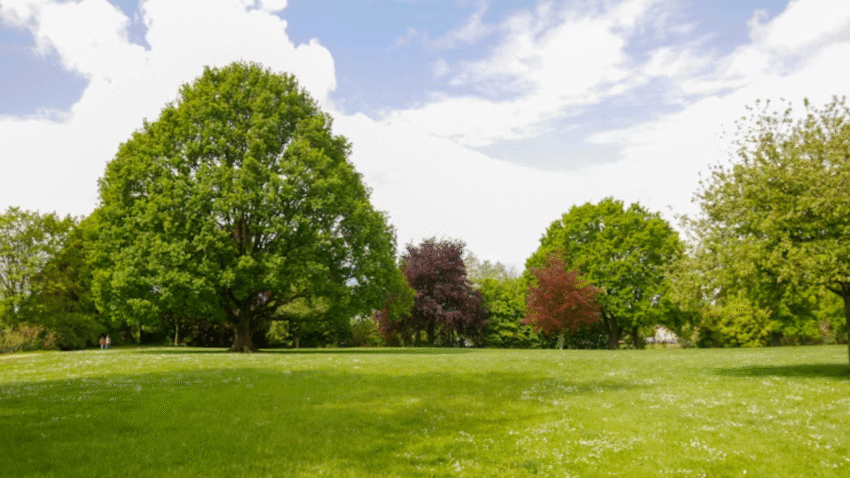
How to revive a neglected lawn
Introduction Is your lawn dry, patchy, weed-infested, or just plain dead-looking? Don’t worry — even the most neglected lawns can bounce back with the right care. Learning how to revive a neglected lawn gives you the tools to transform bare soil and thinning turf into a lush, healthy, green space. Whether your lawn has been…
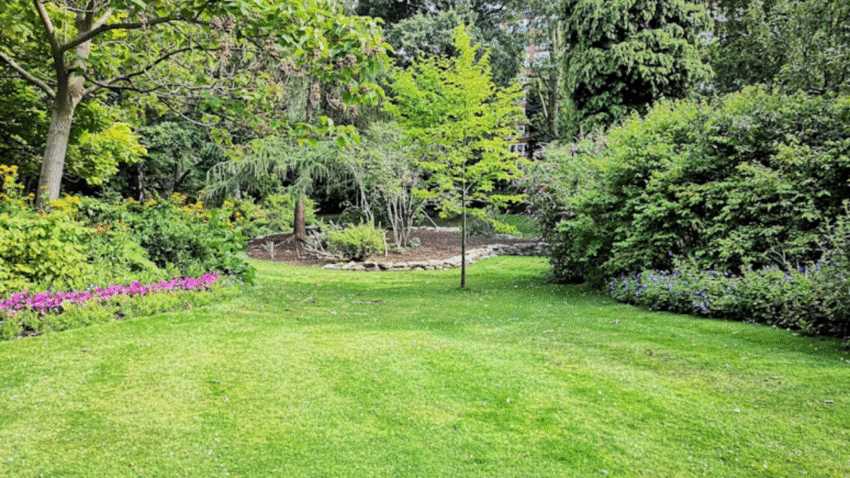
How to stop birds from eating grass seed
Introduction Frustrated by birds turning your newly seeded lawn into an all-you-can-eat buffet? Learning how to stop birds from eating grass seed can make the difference between a lush, thick lawn and wasted time and money. Birds naturally love fresh seed, but with the right strategies, you can protect your investment and give your new…
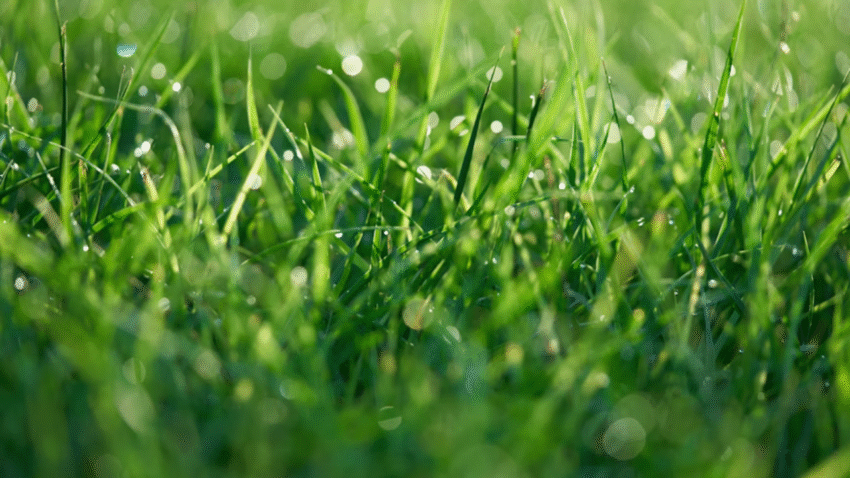
How to avoid fungus from overwatering
Introduction Worried about ugly brown patches, mushrooms, or mold popping up in your lawn? Learning how to avoid fungus from overwatering can save you time, money, and frustration. Excess water is one of the most common causes of fungal lawn diseases — but the good news is, you can prevent these problems with a few…
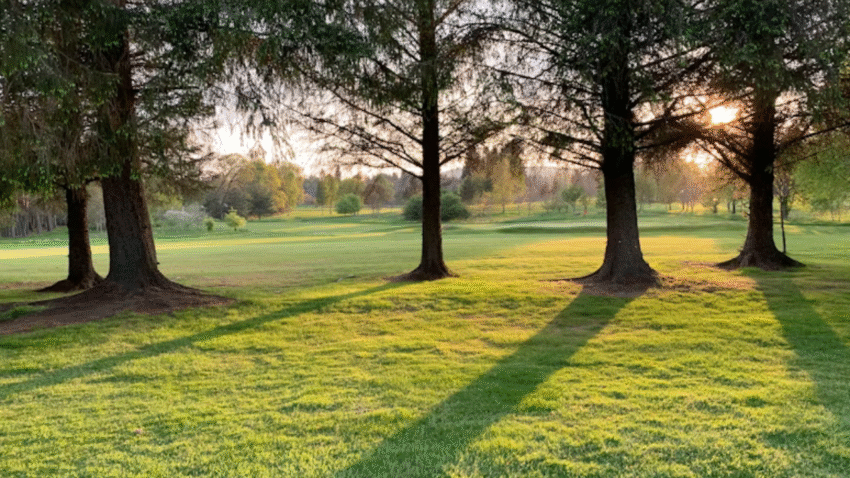
How to use drip irrigation for lawns
Introduction Looking for a more efficient, eco-friendly way to water your grass? Learning how to use drip irrigation for lawns can help you save water, lower utility bills, and deliver moisture exactly where your grass needs it — at the roots. While drip irrigation is more common for gardens, flower beds, and shrubs, it can…
